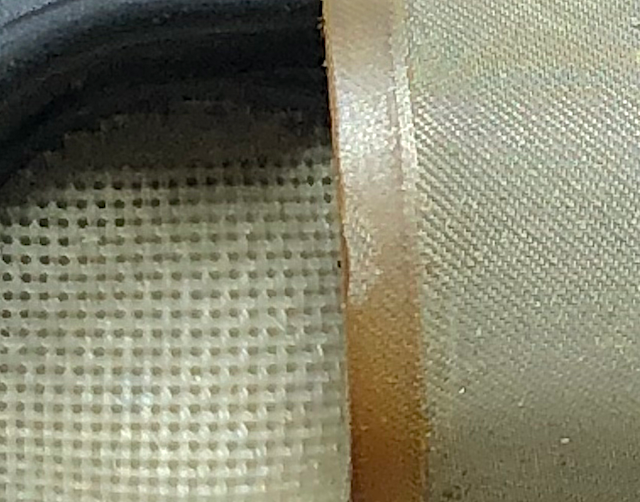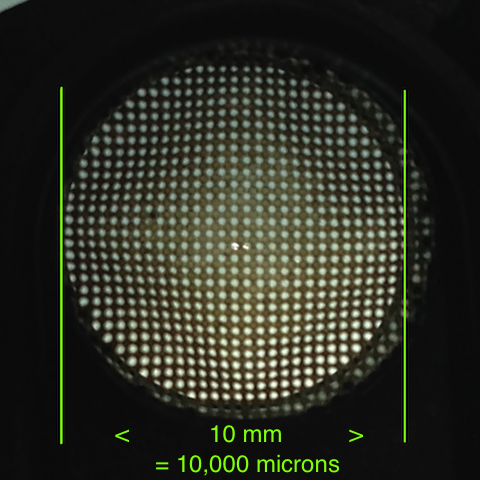03 f225
What does the F filter do? I was reading om another forum that someone cut a old F filter apart and there was nothing inside!
What does the F filter do? I was reading om another forum that someone cut a old F filter apart and there was nothing inside!







Comment